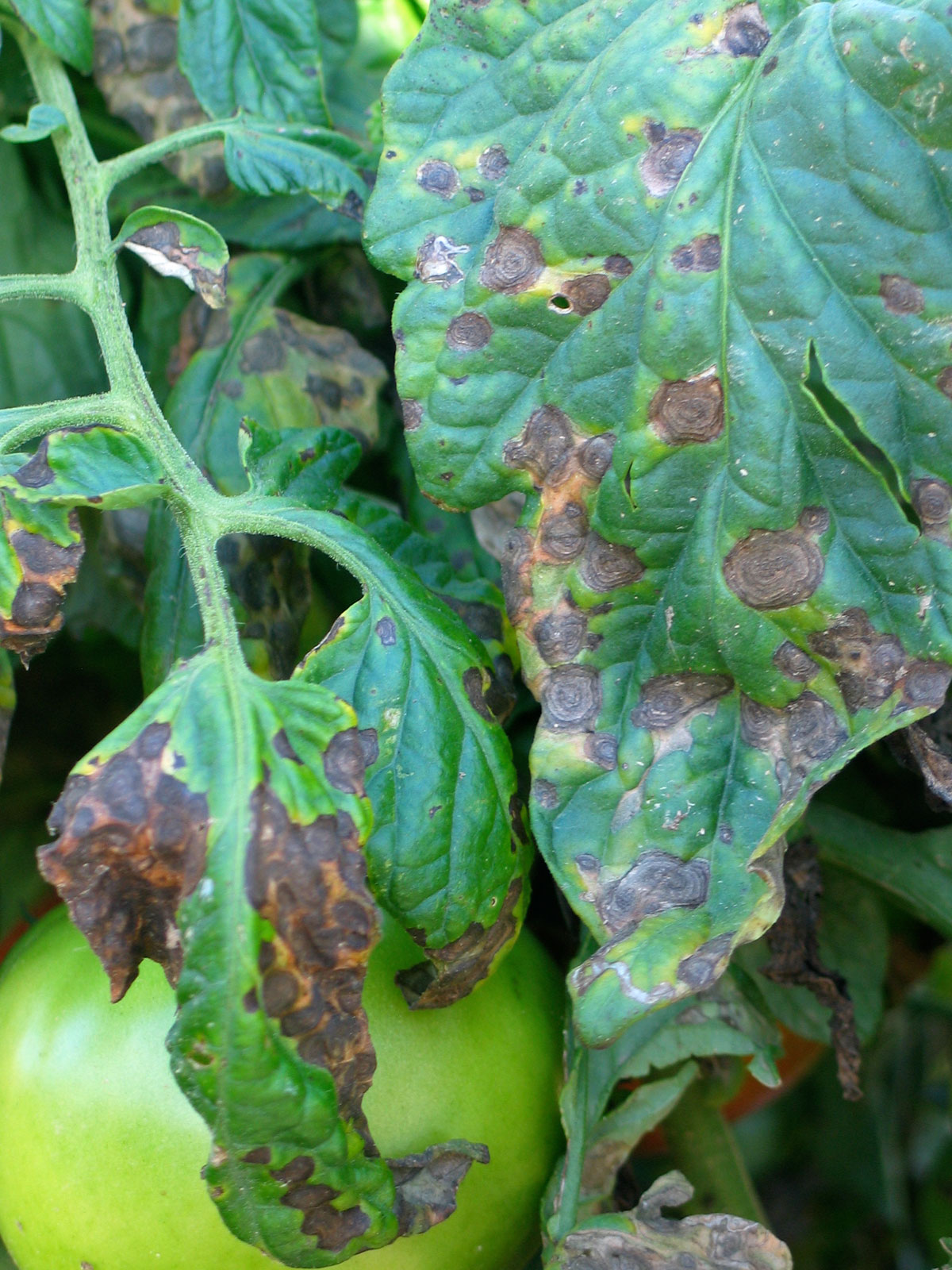
Use protectant fungicides, mancozeb, chlorothalonil or copper products.

#EARLY BLIGHT FREE#
Make sure that the seed is free from contamination of the fungus, by saving seed only from disease-free plants.Look for fruits which produce dense black spore masses of the fungus. Look to see more elongated spots on the stems. Look for the circular to angular brown spots on the leaves, checking to see if they have the characteristic target-like rings. Many millions of dollars are spent on fungicides to control the disease. Loss of yield is difficult to estimate, but probably at least 5%. The disease occurs wherever tomato (and potato, Photos 6-8) is grown, and can cause severe defoliation, resulting in fewer, smaller fruit. ImpactĮarly blight of tomato is a serious disease requiring control measures, including fungicide applications. Favourable conditions for the disease are warm, humid weather with heavy dews or rains. Survival occurs in crop remains, and also on seed. Spread over short distances occurs when spores are moved plant-to-plant in wind, rain and overhead irrigation water. Spots also occur on the stems of seedlings as large brown spots near soil level, and may lead to stem break and death. The rots become covered in black spore masses of the fungus (Photo 5).

On the fruits, the spots are dark brown or black, sunken, extending over part or all of the fruit. On the stems, the spots are similar, except that they are darker and more elongated (Photo 4). Loss of leaves can cause sunscald on the fruits. As they grow, they develop dark brown rings, like a target, a characteristic of the disease (Photos 1&2, tomato & Photo 3, potato). The spots often merge, and the leaves dry up and fall. Small, pinpoint to 6 mm, circular to angular brown spots occur on the older leaves, with yellow margins. Symptoms & Life CycleĪll parts of the plant, leaves, stems and fruit, are infected. Tomato, and many others in the same family, including potato, capsicum, eggplant, and some wild hosts in the tomato/potato ( Solanum) family. It is recorded from Australia, Cook Islands, New Caledonia, Palau, Papua New Guinea, Solomon Islands, and Vanuatu. Asia, Africa, North, South and Central America, the Caribbean, Europe, Oceania. Common NameĮarly blight of tomato and potato, target spot Scientific Name Collapse of potato plant due to infection of early blight, Alternaria solani.


 0 kommentar(er)
0 kommentar(er)
